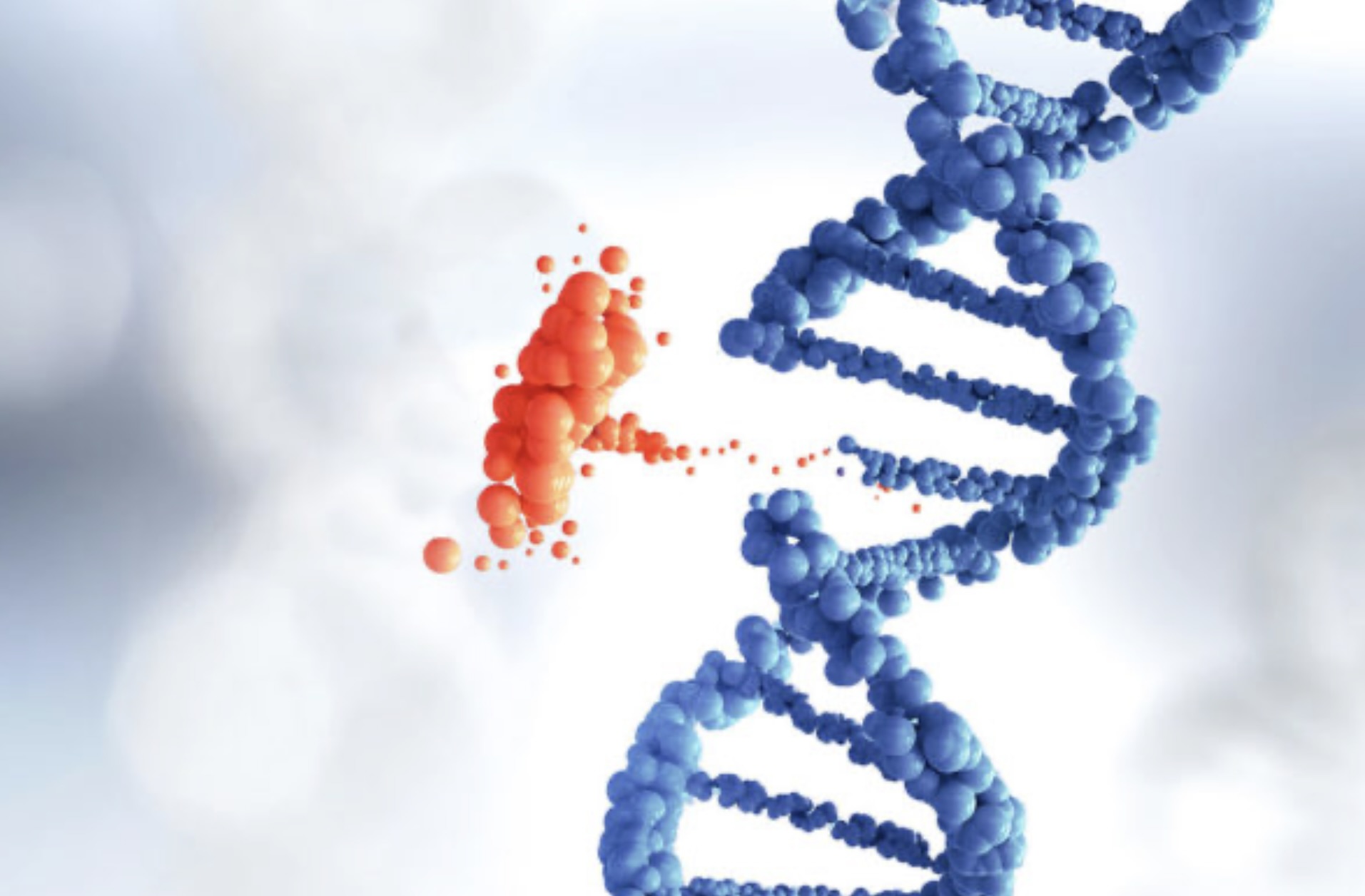Galactocerebrosidase (GALC) Deficiency: Symptoms, Causes & Treatment
What are the symptoms of a GALC deficiency?
GALC deficiency, or Krabbe disease, is a rare genetic disorder that affects the nervous system. Symptoms of GALC deficiency can vary widely depending on the age of onset and the severity of the disease. In general, early-onset forms of Krabbe disease tend to be more severe and progress more rapidly, while late-onset forms may have milder symptoms and a slower progression.
Common symptoms of GALC deficiency can include:
- Muscle weakness: Weakness in the arms, legs, and trunk muscles may occur, leading to difficulties with movement and coordination.
- Feeding difficulties: Infants with GALC deficiency may have difficulty feeding and may fail to thrive.
- Developmental delay: Delayed development of motor skills, such as crawling, sitting, and walking, may occur.
- Loss of motor skills: Progressive loss of motor skills, such as the ability to walk or use the hands, may occur as the disease progresses.
- Seizures: Seizures may occur in some individuals with GALC deficiency.
- Vision loss: Progressive vision loss may occur due to damage to the optic nerves.
- Hearing loss: Progressive hearing loss may occur due to damage to the auditory nerves.
- Irritability: Increased irritability or changes in behavior may occur, especially in infants and young children.
- Muscle stiffness or spasticity: Stiffness or spasticity in the muscles may occur, leading to difficulties with movement.
- Difficulty swallowing: Swallowing difficulties may occur, especially in later stages of the disease.
- Intellectual disability: Intellectual disability may occur, ranging from mild to severe.
It’s important to note that symptoms of GALC deficiency can vary widely, and not all individuals with the condition will experience all of these symptoms. If you or your child is experiencing any symptoms of GALC deficiency, it’s important to consult with a healthcare provider for an accurate diagnosis and appropriate management.
What are the causes of a GALC deficiency?
GALC deficiency, or Krabbe disease, is caused by mutations in the GALC gene. This gene provides instructions for producing an enzyme called galactocerebrosidase, which is responsible for breaking down certain fats in the body. Mutations in the GALC gene lead to a deficiency or absence of this enzyme, resulting in the accumulation of fats called galactolipids in the nervous system.
The buildup of galactolipids damages the myelin sheath, which is the protective covering that surrounds nerve cells. This damage interferes with the normal functioning of the nervous system, leading to the symptoms of Krabbe disease.
GALC deficiency is inherited in an autosomal recessive pattern, which means that a person must inherit two copies of the defective gene (one from each parent) to develop the condition. Individuals who inherit only one copy of the defective gene are carriers of the condition but typically do not experience any symptoms. When two carriers of the defective gene have children together, each child has a 25% chance of inheriting two copies of the defective gene and developing GALC deficiency.
What is the treatment for a GALC deficiency?
Currently, there is no cure for GALC deficiency, or Krabbe disease. Treatment is focused on managing symptoms and providing supportive care to improve quality of life. Some treatment options that may be used for individuals with GALC deficiency include:
- Hematopoietic stem cell transplant (HSCT): HSCT is a procedure in which healthy stem cells are transplanted into the body to replace damaged or diseased cells. HSCT has been used as a treatment for some individuals with early-onset Krabbe disease, but its effectiveness can vary, and it is not suitable for all individuals.
- Symptom management: Medications and therapies may be used to manage symptoms such as seizures, muscle stiffness, and pain.
- Physical therapy: Physical therapy can help maintain muscle strength and flexibility and improve mobility.
- Occupational therapy: Occupational therapy can help individuals learn strategies to perform daily activities more independently.
- Speech therapy: Speech therapy can help improve communication skills and swallowing abilities.
- Nutritional support: Some individuals with GALC deficiency may require nutritional support, such as feeding tubes, to ensure they receive adequate nutrition.
- Respiratory support: In later stages of the disease, respiratory support, such as mechanical ventilation, may be necessary to help with breathing.
It’s important for individuals with GALC deficiency to receive care from a multidisciplinary team of healthcare providers, including neurologists, genetic counselors, physical therapists, and occupational therapists, to ensure comprehensive and individualized care.




